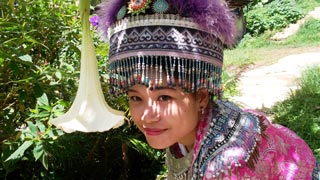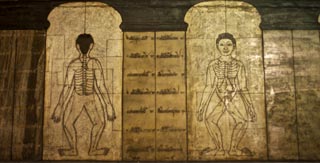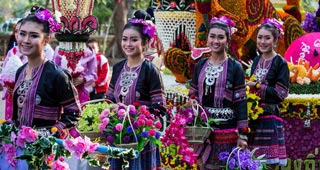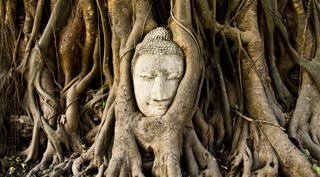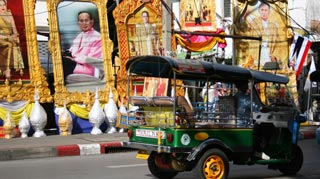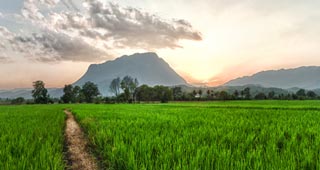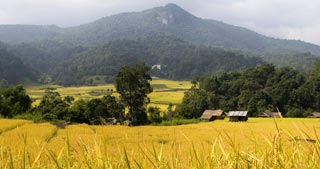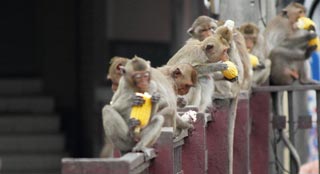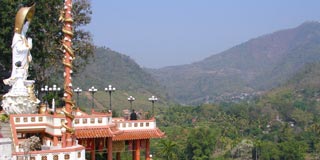Wat Umong
A most interesting and unusual 700-year old temple which is set in atmospheric, forested grounds at the foot of Doi Suthep. You could visit Wat Umong in conjunction with Wat Suan Dok, on the nearby Suthep Road, or maybe stop by on your way to the Doi Suthep temple and mountain. However, we suggest that you might like to make a single half-day round trip out here and spend several hours wandering around the extensive grounds. In particular, take a wander through the historical and hugely atmospheric tunnels. ("Umong" is the Thai word for tunnel.) The temple was abandoned for hundreds of years and was only re-occupied in the mid-twentieth century, which helps to account for its extraordinary atmosphere that somehow takes you right back to the ancient Lanna Kingdom. Legend has it that the unusual, arched tunnels were built in the 1300s to keep a highly revered, but somewhat unhinged monk from wandering around the countryside. The tunnel-like chambers still have the original 700-year-old paintings of birds and animals visible on the walls, designed to make the monk feel at home and stop him from wandering. The tunnels also contain several ancient revered Buddha images, and many visitors have said that the deep caverns are full of atmosphere and are emotionally moving. This makes it a wonderful place to meditate and contemplate life. Back on the surface; take a wander around the temple grounds which cover some 15 acres of woodland. As well as viewing a number of fascinating ancient monuments, further afield there is a tranquil lake where you can relax and feed the turtles and ducks. On a flattish part of the temple grounds, you will come across a huge artificial mound where an impressive brick and stone Chedi, built in 1297 by King Mangrai of the Lanna dynasty, rises into the sky. Close to the Chedi, beyond the edge of the mound, is an eerie, emaciated, fasting Buddha image, cast in black stone. This style of Buddha image was in vogue hundreds of years ago, but there are very few examples still in existence today. Another monument of particular interest is a replica of the Ashok Pillar (from India), which was also built by King Mangrai in 13th Century, to establish the birth of Buddhism in northern Thailand. Other items of interest in the grounds include "talking trees", where proverbs and sayings in Thai and English hang from trees along a path leading to the lake; and a field which contains the remnants of broken Buddha images and relics from other temples which have been brought here by visitors over the course of many years. The temple is located west of the ancient city, about 2km south of Suthep Road, at the edge of the mountain forest. You can get there easily by bicycle or tuk-tuk. Address: West of the old city, Su Thep, Mueang Chiang Mai District.
Chiang Mai
Chiang Mai













